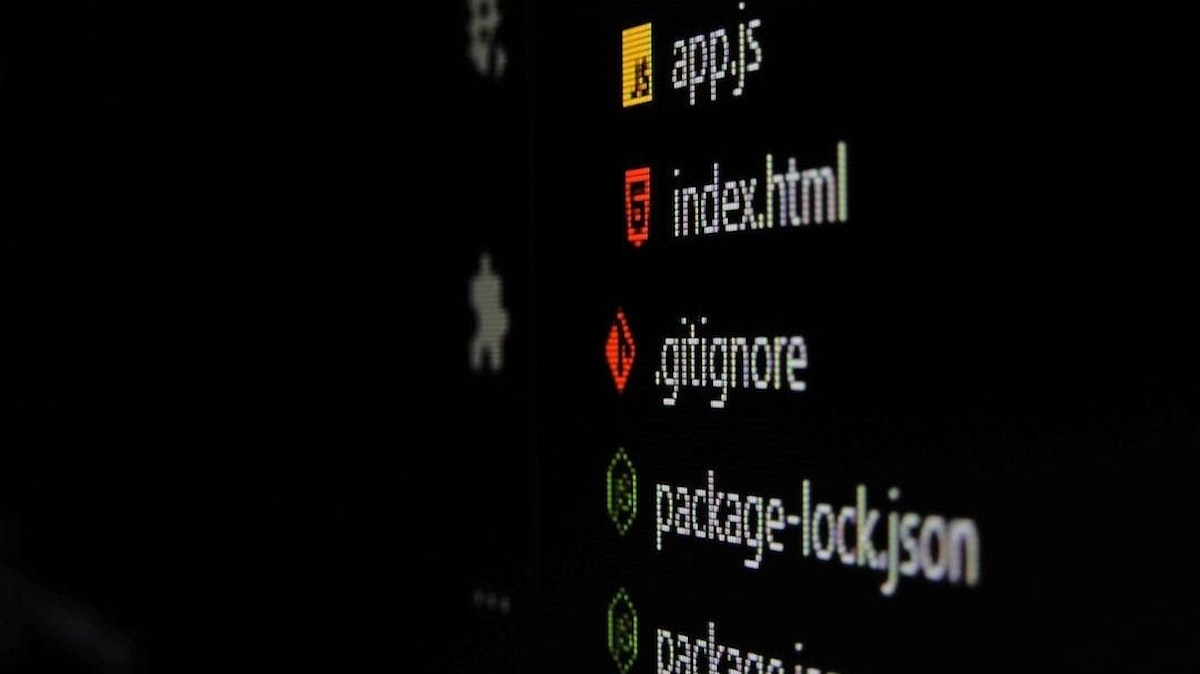4,031 reads
From Git Flow to CI/CD: A Practical Guide to Implement Git Workflow
Too Long; Didn't Read
Hi everyone, I am passionate to share my understanding on machine learning / MLOps, software development, and AI
TOPICS
THIS ARTICLE WAS FEATURED IN...
L O A D I N G
. . . comments & more!
. . . comments & more!



Share Your Thoughts